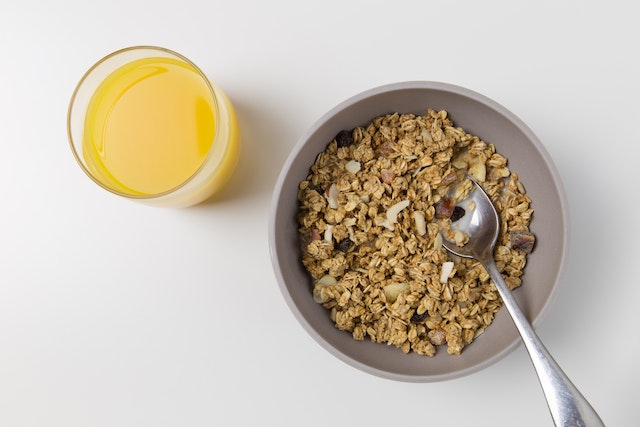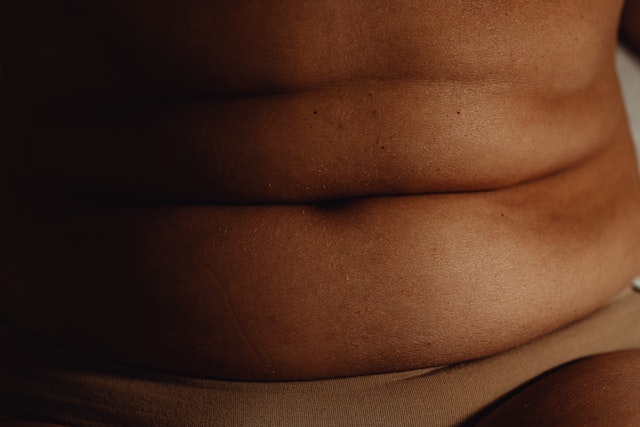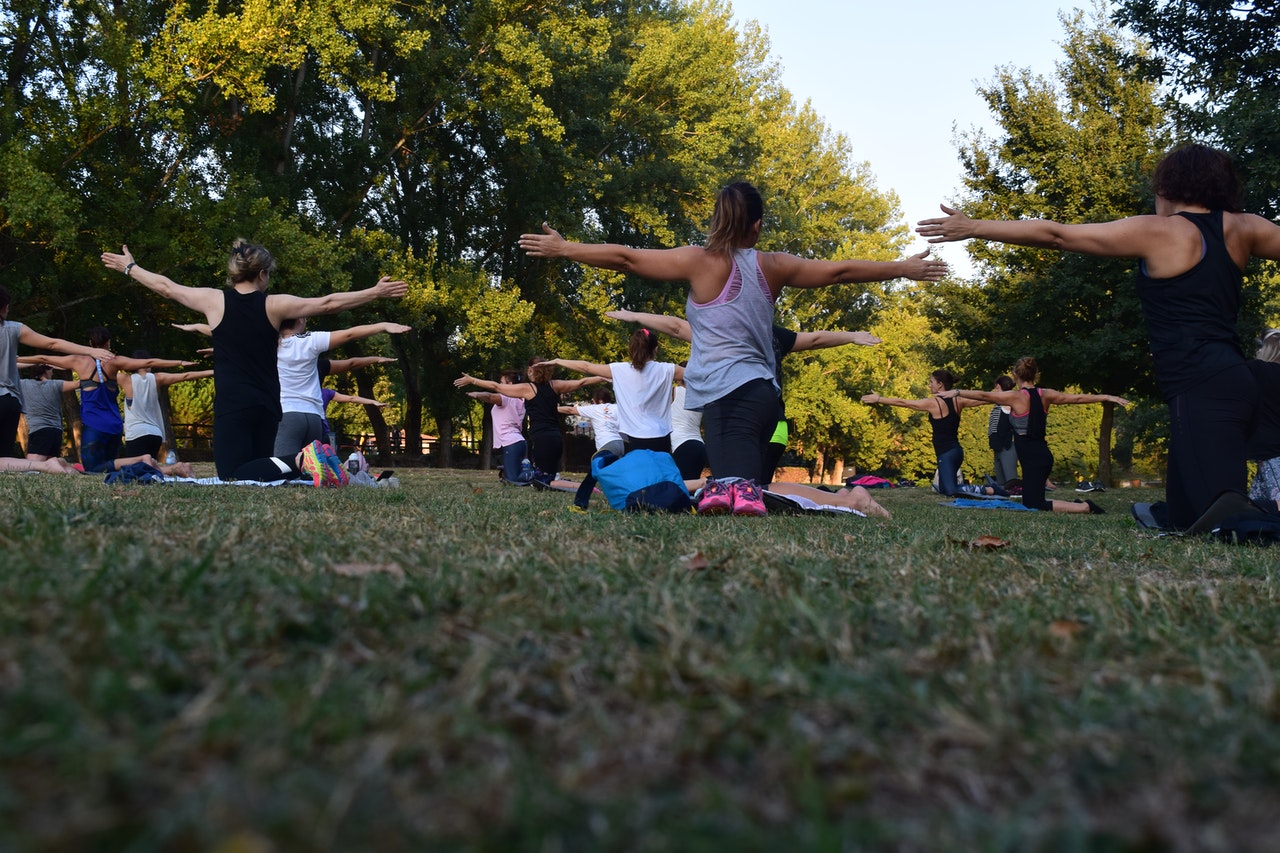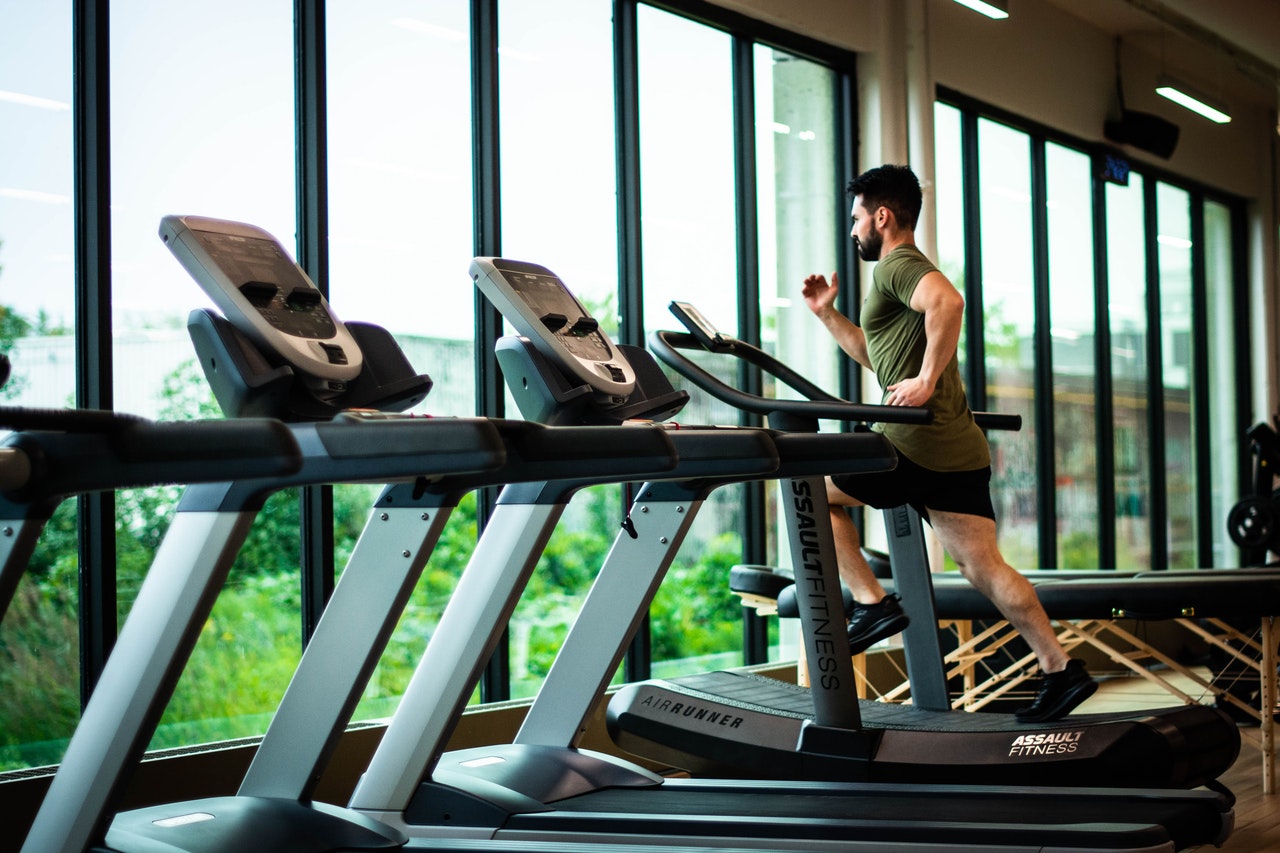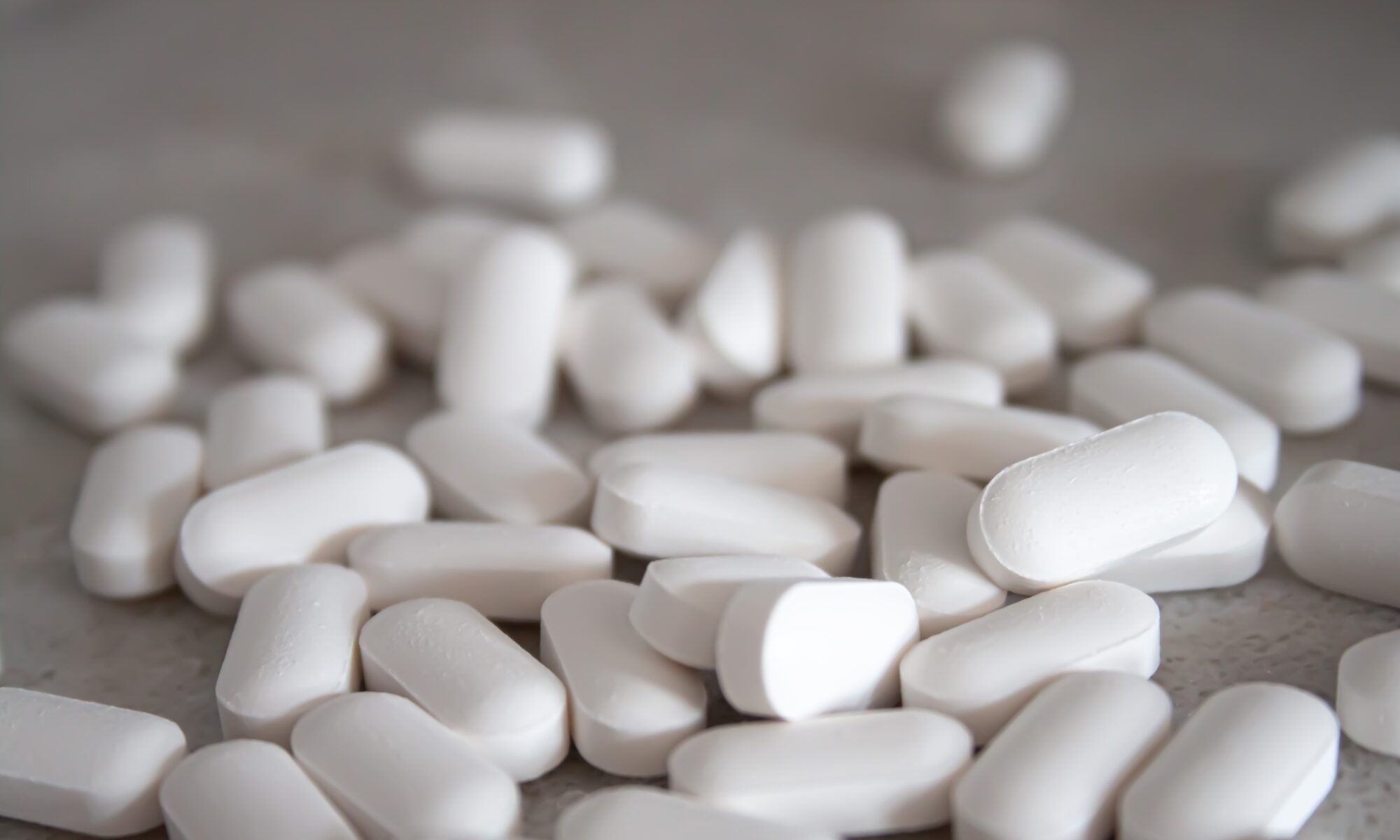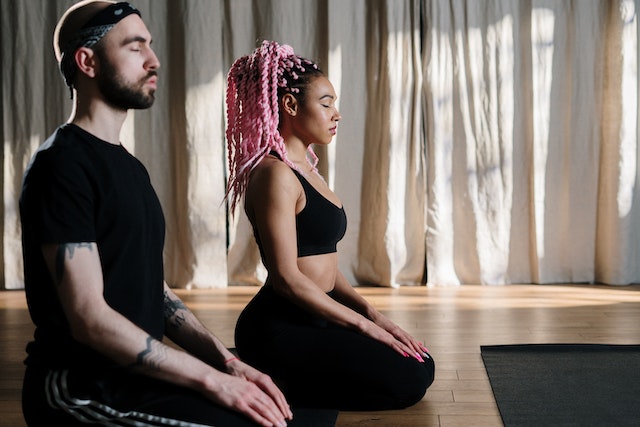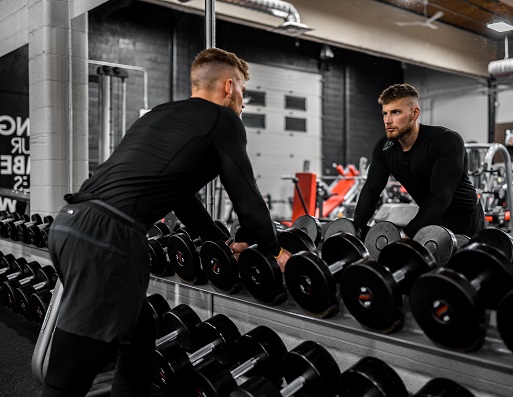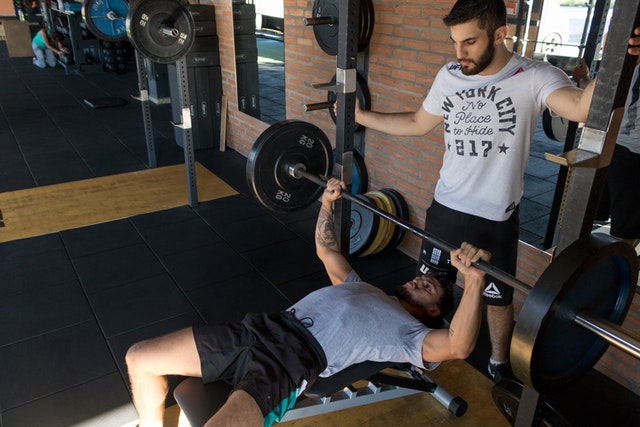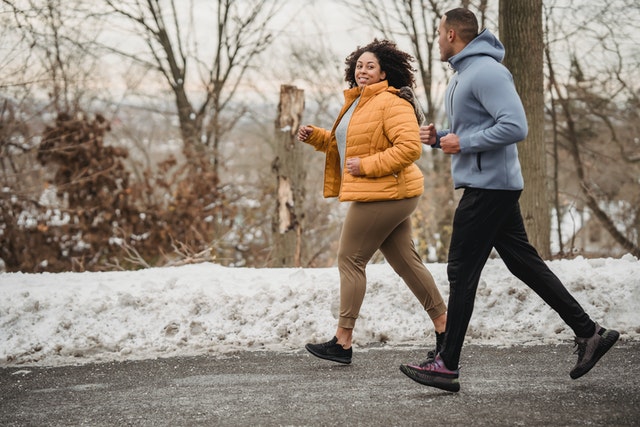The idea that most store-bought salad dressings aren’t healthy may sound strange. “What about low-fat, fat-free or organic?” you’re probably asking. The shocking truth is that they’re almost as bad as regular versions!
1. The Fat-Free Trap

Fat equals flavor. I’m not saying you should eat full-fat dressings, just that they tend to be more flavorful. Food manufacturers know this.
Do you know what they do to compete with other brands? Instead of adding high-quality herbs or healthy ingredients, they put extra sugar and sodium in dressings marketed as low-fat or fat-free. All of that sodium is bad for your blood pressure and your heart.
Some dressings slap the word “organic” on the label to make it seem healthier than it really is. Calling something organic only means it hasn’t been grown without pesticides, but it doesn’t mean the ingredients are good for you. Many contain tons of saturated fats, salt and sugar.
2. “Healthy” Vinaigrettes That Aren’t
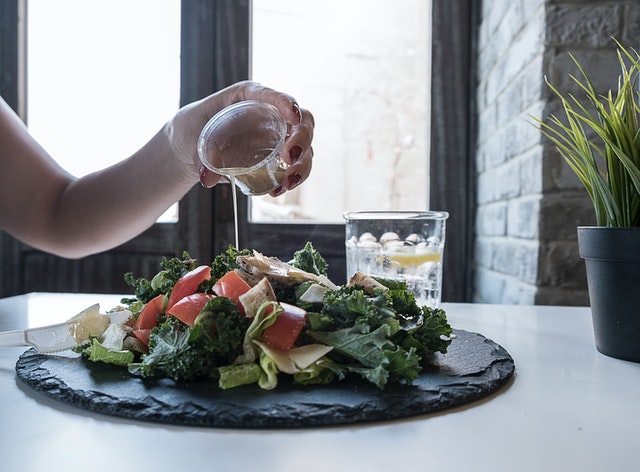
What about vinaigrettes and Italian dressing? Aren’t they supposed to be healthy? Well, when you make them at home, they’re absolutely amazing for your health. Most of the time, store-bought varieties aren’t.
All you need to do is take a quick look at the ingredients list for some of these dressings to understand what I mean. You’ll find preservatives, food colorings and other weird ingredients that can mess with your body. Like, what in the world are “calcium disodium EDTA,” “potassium sorbate” and “xanthan gum”?
These processed ingredients can make inflammation worse and trigger digestive troubles. If you have gout, arthritis, inflammatory bowel syndrome (IBS) or other types of chronic pain, tossing out prepared salad dressings should be at the top of your to-do list.
3. Organic Salad Dressings With Cheap, Processed Oils

Another trick I’ve seen manufacturers use is mixing a really healthy oil with a really cheap one. Extra-virgin olive oil is a nutritious, high-quality oil with healthy fats that protect your heart. It’s also expensive.
To make more money, companies put a little EVOO in the dressing and a bunch of cheap soybean oil or vegetable oil. The label has “EXTRA VIRGIN OLIVE OIL” in huge letters, but the dressing actually contains mostly vegetable oil.
Soybean oil and other highly refined vegetable oils are completely lacking in nutrients. They’re bad for your heart instead of good, and they increase inflammation.
What Should You Do?

Don’t get me wrong. My tastebuds jump for joy with a tasty salad dressing. These four practical tips let you have your salad dressing and eat it too:
- Make your own salad dressing: Tossing together a vinaigrette with EVOO, herbs, and balsamic vinegar only takes a few minutes. You can find good recipes online for a huge variety of healthy dressings.
- Choose dressings with simple ingredients: If you only have time for store-bought dressing, the fewer ingredients, the better. Cold-pressed dressings made with EVOO, fresh-squeezed juices, veggies and natural ingredients can be healthy.
- Know what a serving size looks like: Put your dressing in a measuring spoon to see what that low-cal serving size really is.
- Serve dressing on the side: You can get some dressing on each bite without overdoing it by dipping your fork into dressing instead of pouring on top.
A crispy, veggie-packed salad is the perfect complement for everything from turkey sandwiches to spaghetti. It's too bad that most bottled dressings undo the benefits you get from eating salad in the first place.










